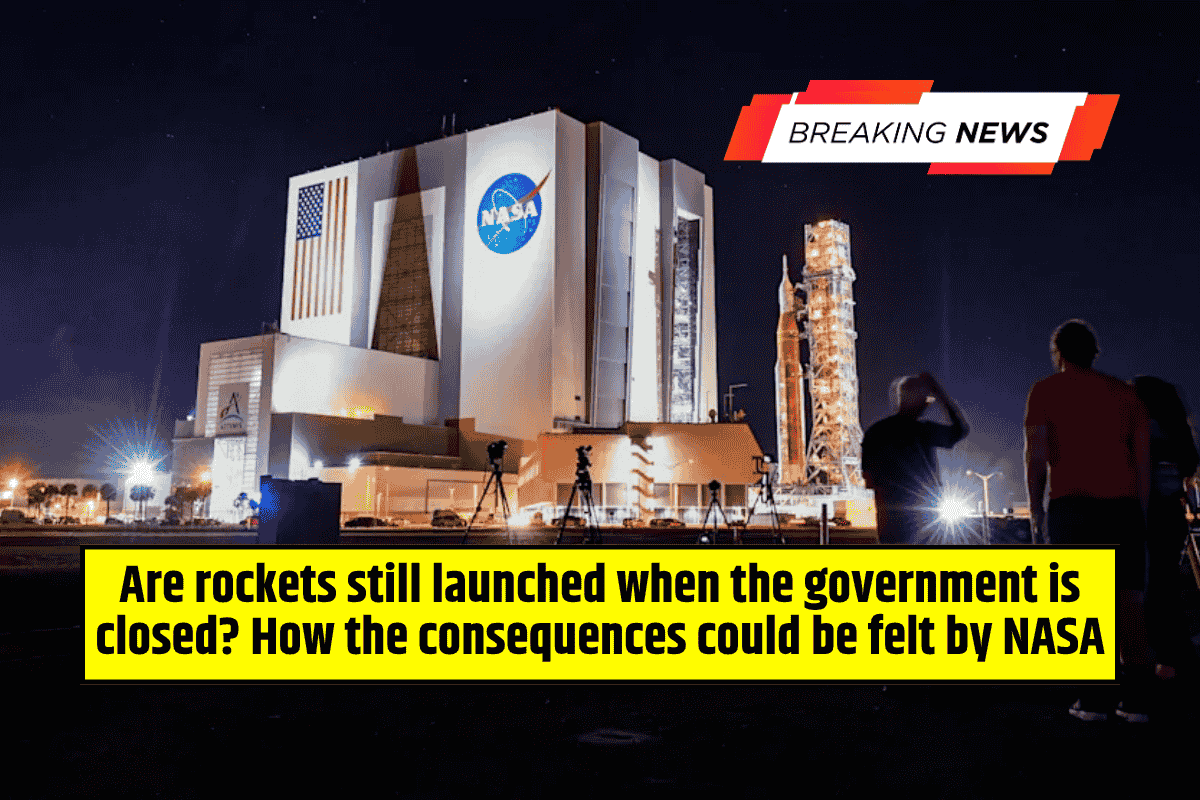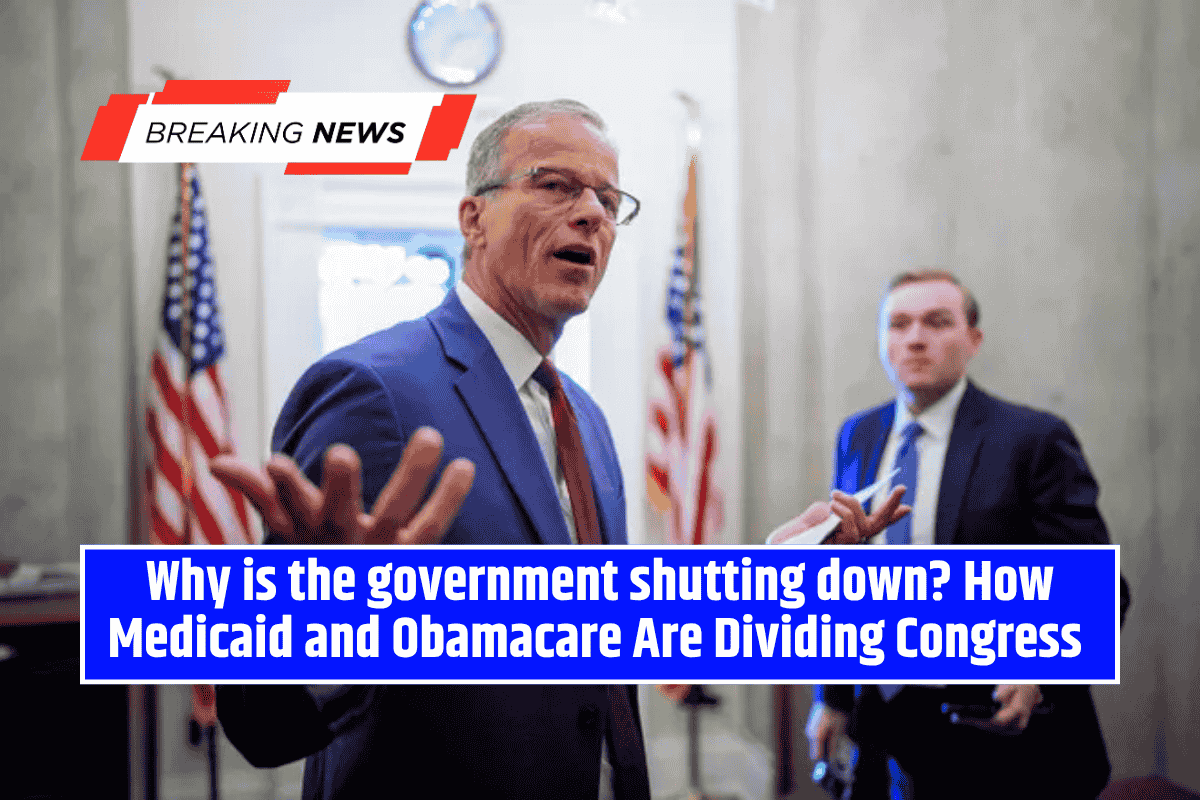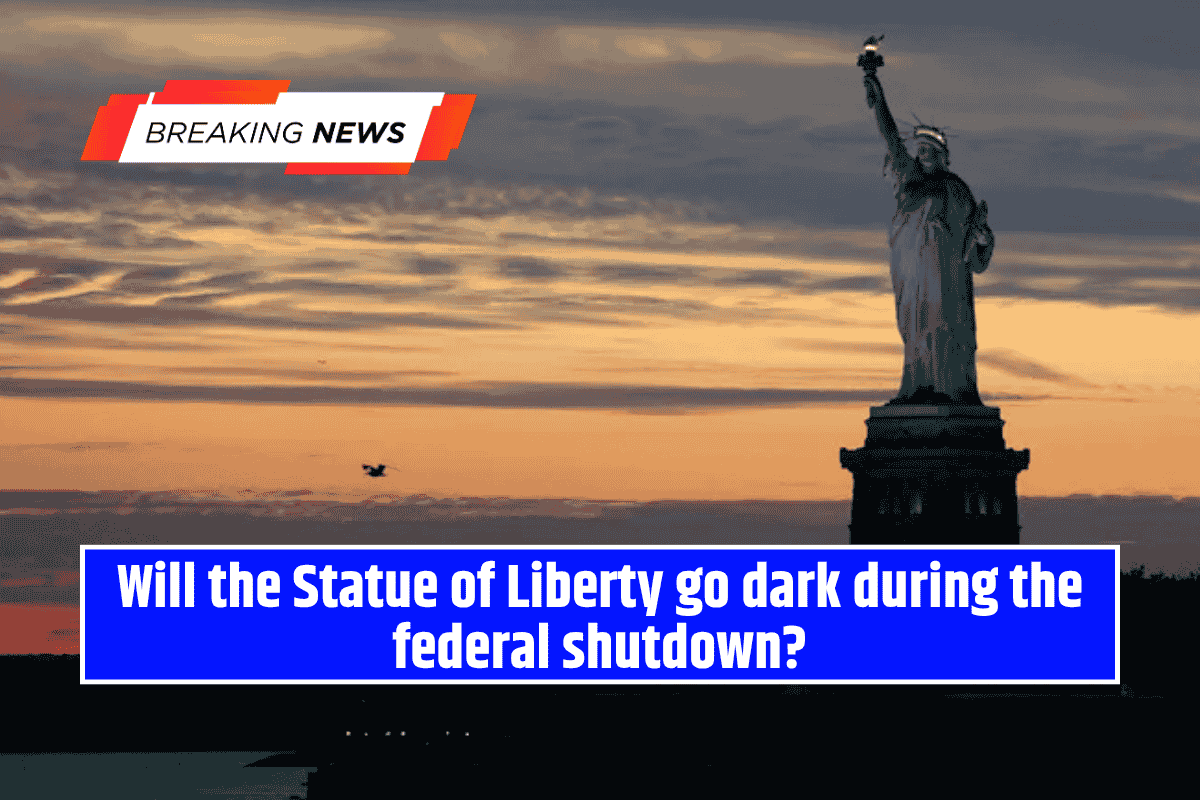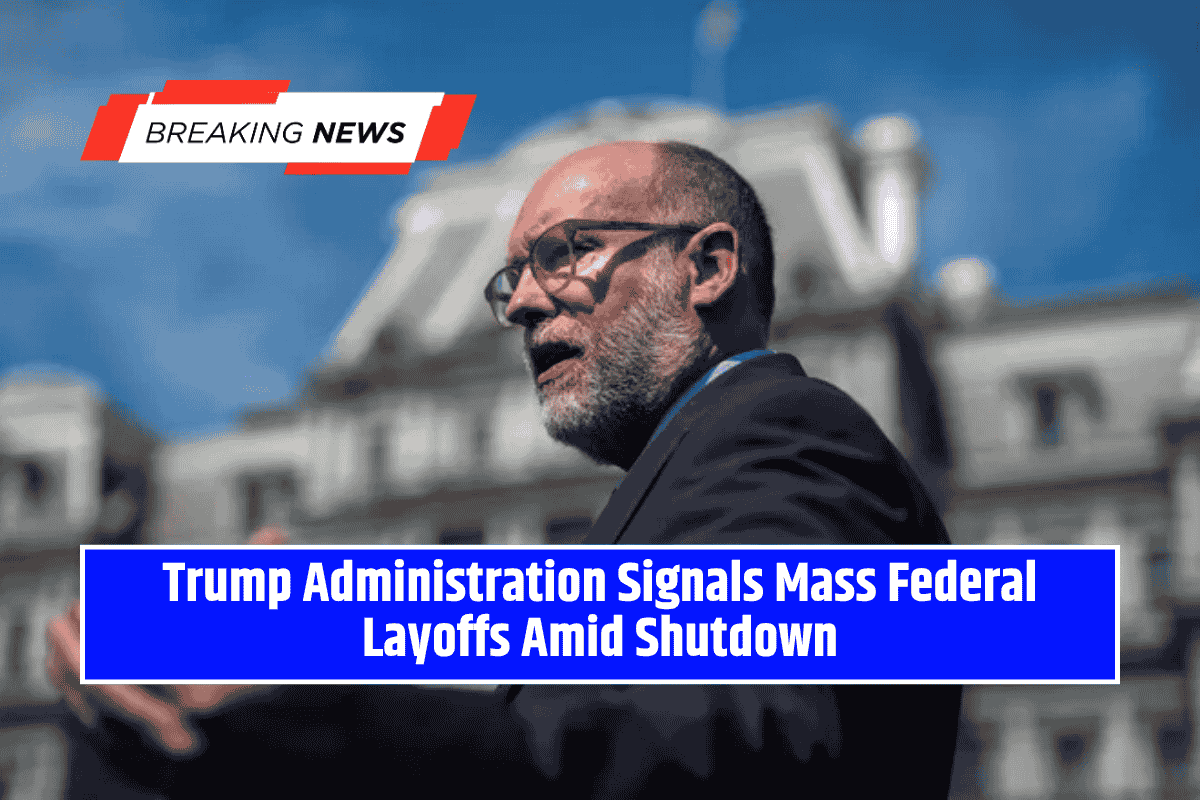With Congress deadlocked ahead of the October 1 funding deadline, NASA is preparing for significant disruptions should a government shutdown occur.
The agency’s contingency plan, first outlined in 2018, states that only operations deemed essential to protect life and property would continue. Everything else, from scientific missions to public outreach, would be put on hold.
Widespread Furloughs for NASA Employees
NASA employs more than 18,000 workers, but in the event of a shutdown, 82.8% would be furloughed without pay, according to a plan submitted by NASA’s chief financial officer to the Office of Management and Budget. This would halt:
- Educational outreach programs
- Many research projects
- Public access to NASA centers, facilities, and tours
- Programming on NASA’s NASA+ streaming service
The status of the privately funded Kennedy Space Center Visitor Complex in Florida remains uncertain, as it operates under Delaware North and not directly through federal appropriations.
International Space Station and Satellites Remain Active
Despite widespread furloughs, NASA would maintain staff to ensure the continued operation of the International Space Station (ISS), currently home to three Americans, three Russians, and one Japanese astronaut.
Essential crews would also monitor and operate NASA’s satellite fleet, ensuring critical infrastructure remains functional.
Artemis Program to Continue
NASA considers its Artemis lunar program a top-priority mission, particularly in the context of the U.S.–China space race. As a result, Artemis activities would likely continue even during a shutdown.
The agency has already announced that Artemis II, the first crewed mission in the program, could launch between February and April 2026, sending three Americans and one Canadian on a 10-day trip around the moon.
This would set the stage for Artemis III, targeted for 2027, which aims to land astronauts on the lunar surface for the first time since the Apollo era of the 1970s.
Rocket Launches and Resupply Missions
NASA’s contingency plan allows spaceflight operations to continue if they are “necessary to protect life and property.” This means:
- Cargo resupply missions to the ISS, such as those launched by Northrop Grumman, will continue.
- Crew rotation missions with SpaceX will also proceed, ensuring astronaut schedules remain on track.
However, any unfunded missions or unlaunched projects would generally be suspended until the shutdown ends, pausing progress on upcoming initiatives.










